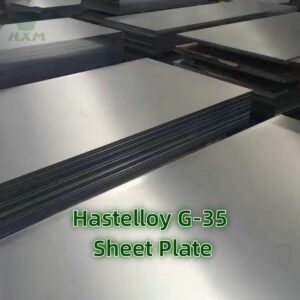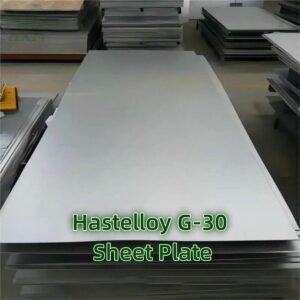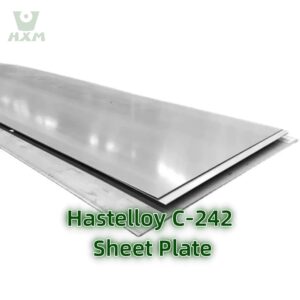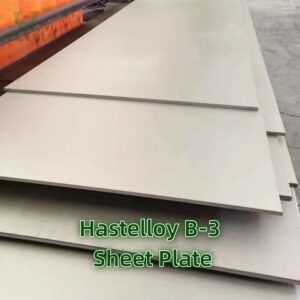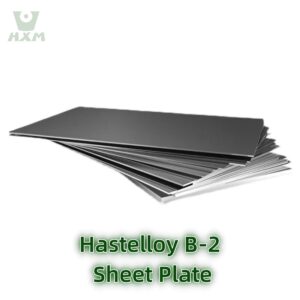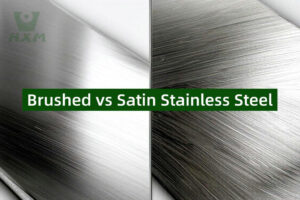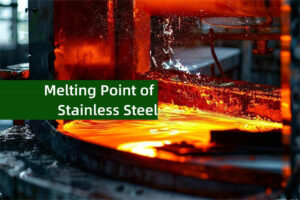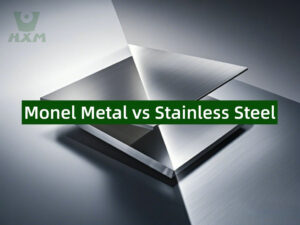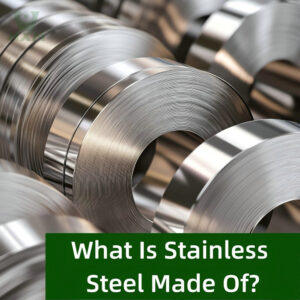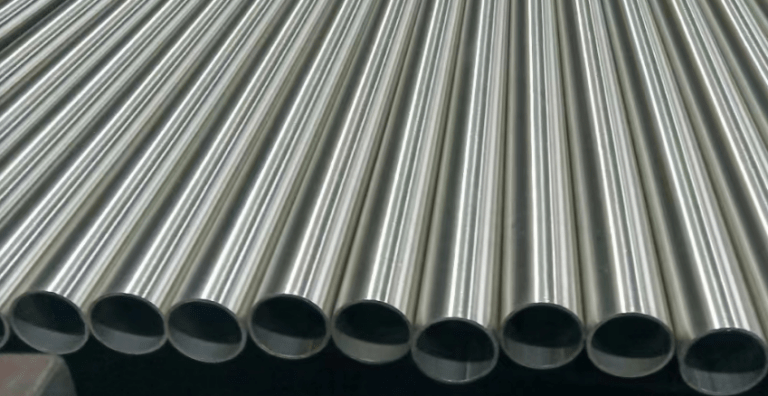
In our daily lives, alloys play a pivotal role in various industrial applications due to their enhanced properties compared to pure metals. Two such notable alloys are Alloy 20 vs Hastelloy, both known for their excellent corrosion resistance. However, they differ in their compositions, properties, and intended uses. In this article, we aim to provide a comprehensive comparison between these two alloys, highlighting their distinct features and industrial applications.
Alloy 20 vs Hastelloy - 1. Composition
Alloy 20, also known as Carpenter 20, is a nickel-iron-chromium alloy with additions of copper, molybdenum, and niobium. Its chemical composition is carefully balanced to provide exceptional resistance to sulfuric acid, phosphoric acid, and chloride-bearing environments. The niobium content stabilizes the alloy against intergranular corrosion, ensuring its durability even under harsh conditions.
On the other hand, Hastelloy is a family of nickel-based alloys that exhibit excellent corrosion resistance in extreme environments. While there are several grades of Hastelloy, each tailored for specific applications, they typically contain nickel, molybdenum, chromium, iron, cobalt, tungsten, and other elements. These alloys are known for their outstanding resistance to pitting, crevice corrosion, and stress-corrosion cracking.
Alloy 20 vs Hastelloy - 2. Properties
Alloy 20 is renowned for its excellent resistance to sulfuric acid, especially at concentrations up to 98% and temperatures as high as 175°F (80°C). It also performs well in phosphoric acid and nitric acid environments. In addition to its corrosion resistance, Alloy 20 exhibits good mechanical properties, including high tensile strength and ductility, making it suitable for a wide range of applications.
Hastelloy alloys, on the other hand, are known for their exceptional resistance to a broad spectrum of corrosive media. Depending on the grade, Hastelloy alloys can withstand highly oxidizing, reducing, or acidic environments. They are particularly suitable for use in severe chemical processing conditions, such as those involving hydrochloric acid, sulfuric acid, and chloride-bearing solutions. Hastelloy alloys also offer excellent mechanical properties, including high strength and toughness, even at elevated temperatures.
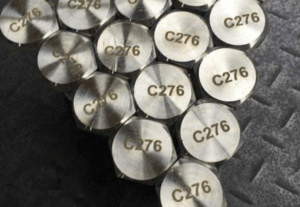
Hastelloy c-276
Hastelloy C-276 belongs to nickel-molybdenum-chromium-iron-tungsten nickel-based alloy, which is one of the most corrosion-resistant modern metal materials.
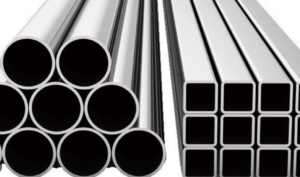
Hastelloy X (UNS N06002)
Hastelloy X is a nickel-based superalloy known for its exceptional high-temperature strength and oxidation resistance.
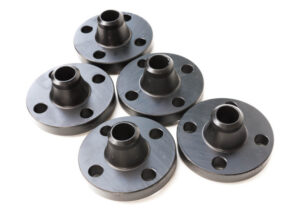
Hastelloy c-22
Hastelloy C-22 is a versatile nickel-chromium-molybdenum-tungsten alloy that offers superior overall corrosion resistance compared to other existing nickel-chromium-molybdenum alloys, including Hastelloy C276, C4 alloys, and alloy 625.
Alloy 20 vs Hastelloy - 3. Applications
Due to its excellent resistance to sulfuric acid and other acidic environments, Alloy 20 is commonly used in chemical processing equipment, such as heat exchangers, condensers, and piping systems. It is also employed in the production of sulfuric acid, fertilizer manufacturing, and waste treatment plants. Alloy 20’s versatility and durability make it a popular choice for various industrial applications.
Hastelloy alloys, on the other hand, are frequently used in more demanding applications where extreme corrosion resistance is required. They are commonly found in chemical processing plants, petrochemical facilities, and power generation stations. Hastelloy alloys are also used in the production of pharmaceuticals, where their resistance to aggressive chemicals is crucial. Additionally, they are employed in marine environments due to their excellent resistance to seawater corrosion.
Alloy 20 vs Hastelloy - 4. Cost Considerations
While both Alloy 20 and Hastelloy alloys offer excellent corrosion resistance and mechanical properties, their costs can vary significantly. Hastelloy alloys, due to their more complex compositions and specialized manufacturing processes, tend to be more expensive than Alloy 20. However, their superior performance in extreme environments often justifies the higher cost. Conversely, Alloy 20 provides a cost-effective solution for less demanding applications while still offering excellent corrosion resistance.

Hastelloy c-276
Hastelloy C-276 belongs to nickel-molybdenum-chromium-iron-tungsten nickel-based alloy, which is one of the most corrosion-resistant modern metal materials.

Hastelloy X (UNS N06002)
Hastelloy X is a nickel-based superalloy known for its exceptional high-temperature strength and oxidation resistance.

Hastelloy c-22
Hastelloy C-22 is a versatile nickel-chromium-molybdenum-tungsten alloy that offers superior overall corrosion resistance compared to other existing nickel-chromium-molybdenum alloys, including Hastelloy C276, C4 alloys, and alloy 625.
Conclusion
Alloy 20 and Hastelloy alloys are both renowned for their corrosion resistance and mechanical properties. However, their compositions, properties, and intended uses differ significantly. Alloy 20 is a versatile and cost-effective solution for applications involving sulfuric acid and other acidic environments. On the other hand, Hastelloy alloys offer exceptional performance in extreme and demanding conditions, justifying their higher cost.
Thank you for reading our article and we hope it can help you to have a better understanding of the differences between Alloy 20 vs Hastelloy. If you are looking for Hastelloy suppliers online now, please don’t hesitate to contact Huaxiao Alloy.
As a leading supplier of Hastelloy Alloys from Shanghai China, Huaxiao Alloy provides customers with high-quality Hastelloy Alloy products such as Hastelloy B3 (UNS N10675), Hastelloy D205, Hastelloy G30 (UNS N06030), Hastelloy C-2000, Hastelloy B2, Hastelloy X alloy, Hastelloy C4, Hastelloy C-276, and Hastelloy C22 at a very competitive price.
Hastelloy C-276 and Alloy 20 are distinct materials designed for different applications, although both exhibit excellent corrosion resistance:
-
Hastelloy C-276:
- A nickel-molybdenum-chromium alloy with the addition of iron and tungsten.
- Known for its exceptional resistance to strong oxidizing and reducing environments, including hydrochloric acid, sulfuric acid, and wet chlorine gas.
- Commonly used in chemical processing, marine environments, and pollution control.
-
Alloy 20:
- A nickel-iron-chromium alloy with additions of molybdenum and copper.
- Specially designed to resist sulfuric acid corrosion and also performs well in environments containing phosphoric acid, nitric acid, and chloride stress corrosion cracking.
- Typically used in industries like pharmaceuticals, food processing, and chemical storage tanks.
Key Differences:
- Composition: Hastelloy C-276 has a higher nickel and molybdenum content compared to Alloy 20.
- Corrosion Resistance: Hastelloy C-276 handles more aggressive oxidizing and reducing conditions, while Alloy 20 excels in sulfuric acid environments.
- Applications: Hastelloy C-276 is more versatile in extreme conditions, whereas Alloy 20 is more cost-effective for specific applications like sulfuric acid handling.
No, Alloy 20 is not a Hastelloy. While both are corrosion-resistant alloys, Hastelloy is a trademark of Haynes International and refers to a specific group of nickel-based alloys. Alloy 20, on the other hand, is a proprietary alloy developed to resist sulfuric acid corrosion and falls under the category of nickel-iron-chromium alloys. Its composition and characteristics are distinct from Hastelloy.
-
Hastelloy:
- A family of corrosion-resistant alloys based on nickel, developed by Haynes International.
- Characterized by its ability to withstand harsh chemical environments, particularly in oxidizing and reducing conditions.
-
Alloy:
- A broader term that refers to a mixture of two or more elements, typically including at least one metal, to enhance specific properties such as strength, corrosion resistance, or thermal stability.
- Examples of alloys include steel (iron-carbon), bronze (copper-tin), and specialized alloys like Hastelloy or Inconel.
Key Difference:
- Hastelloy is a specific subset of alloys, while “alloy” is a general term encompassing a wide variety of metal combinations.
Alloy 20, also known as Carpenter 20, is a nickel-iron-chromium alloy designed for excellent resistance to corrosion, particularly in sulfuric acid environments. Key features include:
- High resistance to pitting and stress corrosion cracking.
- Good mechanical properties and fabrication capabilities.
- Ideal for industries like pharmaceuticals, food processing, chemical storage, and more.
Composition:
- Nickel: ~32-38%
- Chromium: ~19-21%
- Molybdenum: ~2-3%
- Copper: ~3-4%
Despite its excellent corrosion resistance, Hastelloy has a few disadvantages:
- High Cost: Hastelloy is significantly more expensive than other materials, limiting its use to critical applications.
- Density: The high nickel content makes it heavier than some alternative alloys.
- Fabrication Challenges: Requires specialized welding techniques to avoid cracking or embrittlement.
- Availability: Due to its niche use, some grades of Hastelloy may have longer lead times or limited availability.
Yes, Alloy C-22 is a Hastelloy. It is a nickel-chromium-molybdenum-tungsten alloy in the Hastelloy family. Known for:
- Superior corrosion resistance to oxidizing and reducing agents.
- Exceptional resistance to localized corrosion like pitting and crevice corrosion.
- Commonly used in industries such as chemical processing, waste treatment, and marine applications.
It is a more advanced version of Hastelloy C-276, offering improved performance in certain environments.
Alloy 20 vs Hastelloy
Call Us Now!!!

